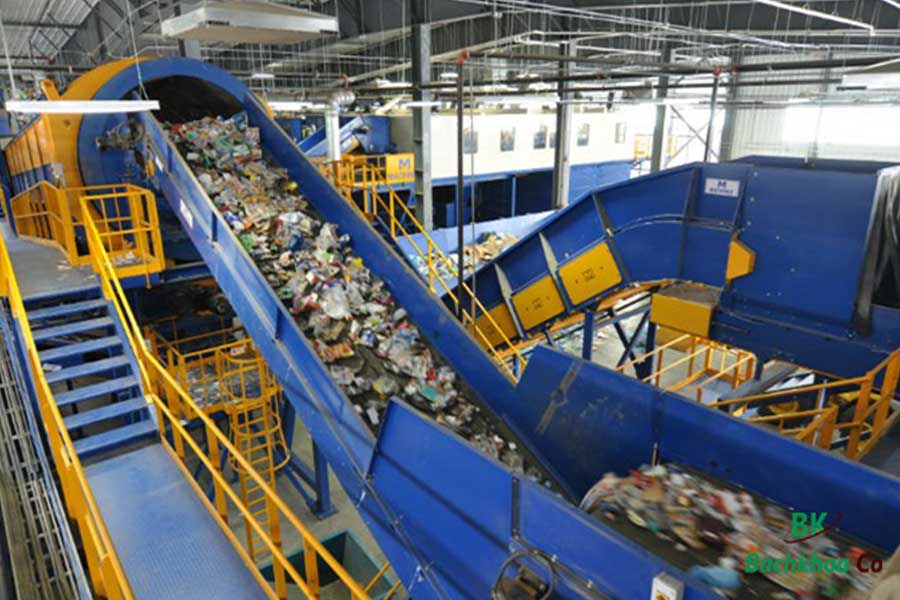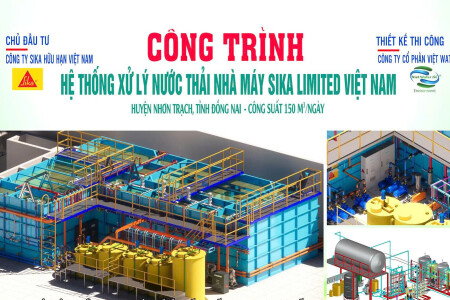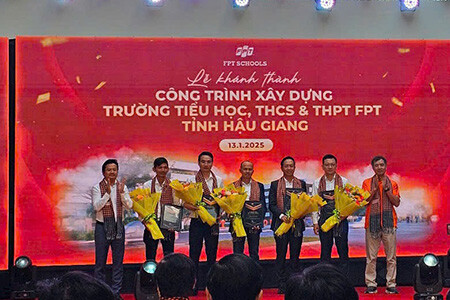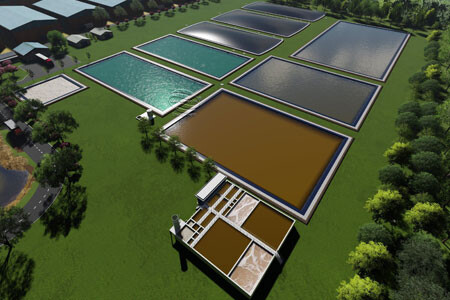Discover the wastewater treatment system (150 m³/day) designed and constructed by VIET WATER JSC for...
Any solution to solid waste treatment?
Any solution to solid waste treatment?
Solid waste management (CTR) is a problem not unique to any country, and choosing the right technology for solid waste treatment is still a headache for managers. Because, if CTR is treated at a low cost, it is often outdated technology and not very effective, while investing in advanced technology, the results are satisfactory but very expensive!
The generated CTR is proportional to the degree of urbanization, population growth and income level. The higher the income region, the more CTR is generated (Table 1). The composition of solid waste also varies by region, but is mainly organic, paper and plastic waste (Table 2).

Any solution to solid waste treatment?
Table 1: CTR generated in urban areasSource: World Bank, What a Waste – A Global Review of Solid Waste Management, 2012.
Table 2: Composition in waste
*: estimate
Source: World Bank, What a Waste – A Global Review of Solid Waste Management, 2012.
The basic solid waste management process includes collection, transportation and treatment. In high-income countries, solid waste management is mostly better than in low-income countries. Almost 100% of solid waste in high-income areas is collected, while this figure in low-income areas is less than 50% (BD1).
BD1: Garbage collection rate
Source: World Bank, What a Waste – A Global Review of Solid Waste Management, 2012.
CTR treatment aims to convert CTR into another form that is less toxic, or reusable, or another useful substance. The main solid waste treatment methods include: converting to energy, composting, landfilling or dumping. According to Pike Research, the main way to treat solid waste in the world until 2022 is still landfilling and dumping (BD2).
BD2: How to deal with solid waste globally
Source: Pike Research, Waste-to-Energy Technology Markets.
Depending on the technology applied, the cost of handling CTR will vary. Technology with low investment and treatment costs, in the treatment process often generates secondary pollution; Modern treatment technology has high investment cost, expensive but safe operation, no odor, no secondary pollution (Table 3).
Table 3: Estimated costs of solid waste management in the global market in 2012
Source: World Bank, Smart Waste.
Selection of solid waste treatment technology depends on the development and economic situation of each country and the level of investment in solid waste management is also very different. Currently, countries with developed environmental industries pay great attention to applying advanced technology to solid waste treatment. Europe invests to turn solid waste into energy up to over 30%, while the sanitary landfill method accounts for a very low proportion, only about 10-15% (BD3).
BD3: Investment in waste management stages (%)
Source: UNCRD (United Nations Center for Regional Development); Coolsweep, Global analysis of the Waste-to-Energy field.
Changing technology in solid waste treatment is not a simple matter and depends a lot on the economic development of each country. Comparing 2001 and 2011 in Europe, burial method accounted for 56%, ten years later it decreased to 37%; Technologies for waste reuse, pyrolysis and composting have all increased in application over time (BD4).
BD4: Changing waste treatment technology in Europe
Source: Coolsweep, Global analysis of the Waste-to-Energy field.
In the field of solid waste management, scientists are interested in researching in the direction of treatment so that pollution caused by waste is less and reused more. From the perspective of patent registration (SC) related to technology to turn CTR into energy, according to the analysis document of the World Intellectual Property Organization (WIPO), from 1990 to 2004, the number of applications increased. many, in which CTR treatment technology to create high-energy solid fuel, which can be used to burn boilers or generate heat (RDF, Refuse-Derived Fuel) accounts for 56% of the total number of SC applications; while, massburn technology treats solid waste by burning it directly to generate heat or processing it into liquid or gaseous fuel only 44% (BD5). RDF is widely used, and is increasingly being improved to increase efficiency and reduce pollution.
BD5: Patent application for technology
Source: WIPO. Patent-based Technology Analysis Report-Alternative Energy Technology.
The number of registered SCs related to CTR-to-energy technology is highest in Japan, followed by the US (Table 4). Leading SC applications in this area are Mitsubishi Heavy Industries, Ebara Corporation, NKK Corporation, Kubota, Kawasaki Heavy Industries and Hitachi. The SC is registered by the Mitsubishi company, Ebara Corporation. Kubota, NKK Corporation and Mitsui Engineering & Shipbuilding are largely related to mass burn technology. SCs on RDF technology are mostly from Kawasaki Heavy Industries, Ebara Inflico, Air Products and Chemicals and Westinghouse (BD6).
Table 4: Number of patent applications by technology to turn CTR into energy (period 1978-2004)
Source: WIPO, Patent-based Technology Analysis Report-Alternative Energy Technology.
BD6: Leading entities filing patent applications related to waste-to-energy technology
Source: WIPO. Patent-based Technology Analysis Report-Alternative Energy Technology.
Like other countries, solid waste is generated a lot in urban areas and industrial zones of Vietnam. In which, the Southeast region has the highest level of solid waste generation in the country, followed by the Red River Delta (Table 5). The composition of solid waste includes organic waste, which accounts for 54-77%, recyclable waste accounts for 8-18% (According to the report "Current status, policies of solid waste management in Vietnam and potential for energy recovery from CTR” by Nguyen Hoai Duc).
Currently, domestic solid waste in our country is mainly treated by landfill (accounting for 85% of the total amount of collected domestic solid waste), currently there are 458 landfills with different large and small scales, 98 landfills. concentrated in big cities, of which only 16 landfills are considered sanitary. Most of the remaining landfills are temporary, open-air landfills, without a waste water collection and treatment system, which are a source of environmental pollution and occupy a large area.
Some localities have invested in factories to treat domestic solid waste into compost and installed a number of small-scale domestic solid waste incinerators for rural areas. In the city. In Ho Chi Minh City, the current average amount of daily-life waste generated is nearly 7,500 tons, 100% collected and treated mainly by landfill, the rest is recycled or burned.
Table 5: Solid waste generation in Vietnam, 2012
Source: Nguyen Hoai Duc, Current status, policy of solid waste management in Vietnam and potential for energy recovery from solid waste, 2014.


